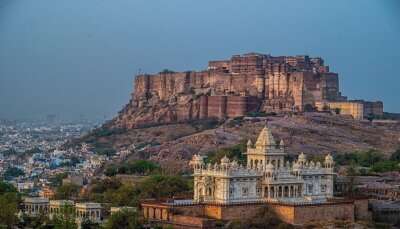Take A Spiritual Trip To Gaumukh Temple Mount Abu In 2026
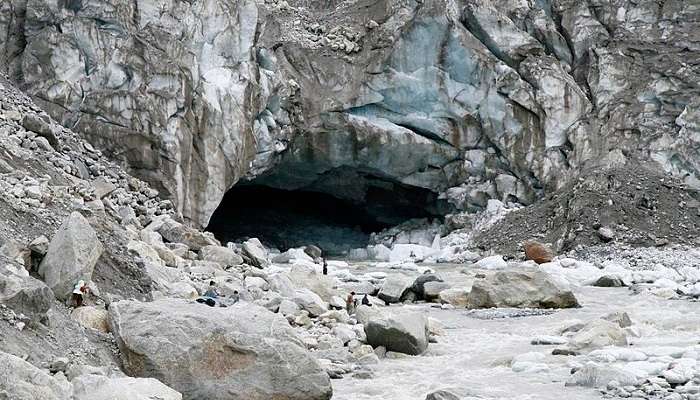
Situated in the Aravalli Range, Gaumukh Temple Mount Abu, Rajasthan, is an ideal spiritual place and a mirror of India’s rich cultural heritage. This holy place, by far reverenced by devotees and admired by tourists, combines natural beauty, historical significance, and serene surroundings. The temple’s name is derived from the cow’s mouth-shaped rock formation, which makes this shrine special to pilgrims and nature lovers alike. Water from fountains constantly flows here and is considered as purifying by pilgrims and visitors alike. More than a geological wonder, this spring is a metaphysical symbol attracting hundreds of devotees who bathe in these holy waters.
Gaumukh Temple Mount Abu- Natural Beauty And The Idol Of Nandi
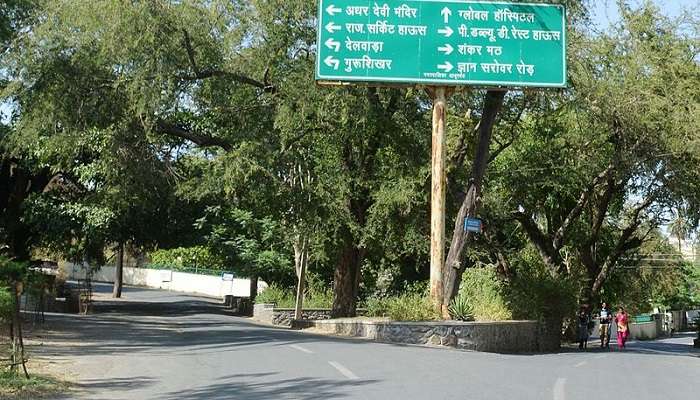
Gaumukh Temple Mount Abu lies on the hillside and commands a panoramic view of the entire Aravalli Range, with the lush green landscape below. This serene environment, supplemented by birds chirping and leaf rustling, provides the right ambience for meditation and yoga. The journey to the temple is an eyeful of marvels, forming impressive landscapes to enthral nature lovers.
Inside the Gaumukh Temple is a large marble idol of Nandi, the bull and dedicated vehicle of Lord Shiva. This idol serves as a point of primary regard and worship for the devotees. He is considered the protector or guardian of the temple. He is always seen being garlanded and offered flowers by the devotees, making the temple atmosphere even more spiritually cosier.
Also, the Pandavas Agni Kund is a short trek from Gaumukh Temple Mount Abu. It is a sacred fire pit belonging to the Pandavas from the Mahabharatha, a heritage site where they performed their sacrificial rituals during their exile. The trek, therefore, reveals ancient Indian history and mythology, making the visitor more aware through stories of courage and spirituality.
Must Read: Places To Visit In Mount Abu
History Of Gaumukh Temple

The Gaumukh Temple is directly linked with Hindu mythology and epic tales of the Mahabharata. According to legend, one of the most revered among the seven sages, known as Sage Vashishtha, chose this place of the temple as ideal for his meditation and rituals. The spring is also said to be the work of the sacred cow Kamdhenu, who, as time progressed, appeared here to provide water to the sage.
The historical value does not stop here; its relation to the Pandavas further enhances it. It is said that once, during their exile, the Pandavas performed sacred rituals at the nearby Agni Kund. For centuries, Gaumukh Temple has remained a pilgrimage site and attracted sages, saints, and devotees seeking solace in spirituality.
Best Time to Visit: Between November and February
Time: 6 AM to 6 PM
Location Of Gaumukh Temple
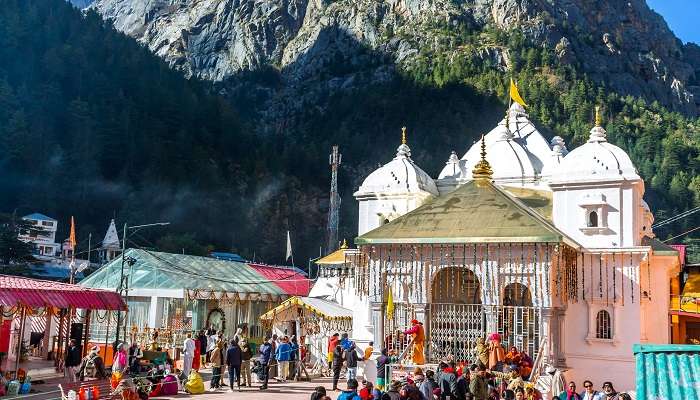
The Gaumukh Temple Mount Abu is in Mt Abu, the only hill station in Rajasthan. It is approximately 4 kilometres from the town centre and ensconced in green amidst the Aravalli Range. The calm location inside the forest provides a peaceful retreat from the town and its maddening rush, thus making the temple one of the most sought-after places for spiritual rejuvenation and rejuvenation of the body.
Major Attractions: 700 stairs and scenic views
Entry Fee: No Charges
Suggested Read: Things To Do In Mount Abu
Places Of Interest Around Gaumukh Temple Mount Abu
Various places are available near the temple to explore and collect beautiful memories. Some of them are listed below.
1. Nakki Lake

One of the serene and picture-postcard spots right in the heart of Mount Abu is Nakki Lake. According to the tales here, it was dug out by the gods with their nails—nakki. Visitors can go boating, take a walk, or simply relax in this garden on the lakefront side. The surrounding hills and rock formations complete the charm of the lake. So, with its lotus flowers, serenity, and pleasing climate, it is a perfect spot for nature lovers and photographers. The lake attracts many tourists and their families, and it is also one of the most famous places on Mount Abu.
Location: Hill station of Mount Abu in Aravali range in Sirohi district of Rajasthan
Best time to visit: July to September
2. Dilwara Temples
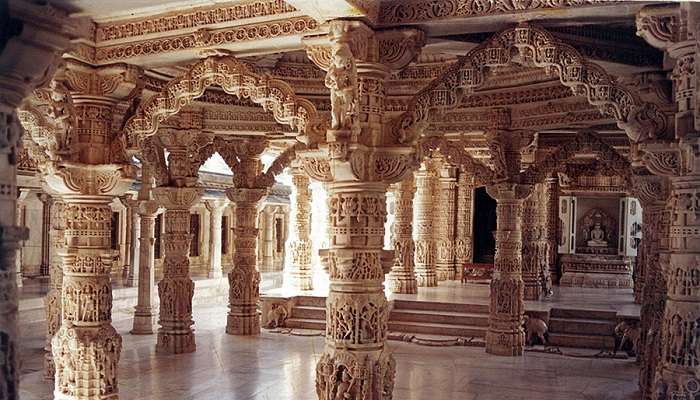
If you want to see architecture and religious temples built in the past in India, you must visit this famous and historical Dilwara Jain temple. You will be amazed to see the marblework and carvings of this temple. The construction dates back to the 11th to 13th centuries, and these Jain temples are unparalleled examples of craftsmanship. These temples are dedicated to different Tirthankaras, with beautiful ceilings, pillars, and complex engravings on the Domes. It was an unforgettable feat of architecture. You will be happy to visit this temple with your family and children as it is considered to be one of the best places to cover in your trip to the mountain.
Location: Delwada, Mount Abu, Rajasthan 307501
Best time to visit: November and March
Suggested Read: Mount Abu In Monsoon
3. Achalgarh Fort
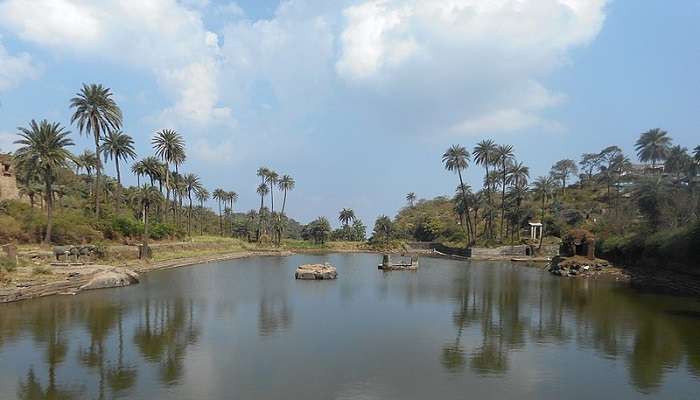
Achalgarh Fort was built in the 14th century by Rana Kumbha, and it is one of the well-known places. It is a historic site with immense landscape beauty, and you will fall in love with this place, seeing the natural beauty in and around it. Several temples within the fort have been dedicated to Achaleshwar Mahadev and Lord Shiva. From a strategic point of view, as far as history goes, this fort has always captured visitors’ attention. The fort’s architecture also displayed a unique style of Rajasthan culture and style of work.
Location: Achalgarh, Mount Abu, Rajasthan 307501
Best time to visit: September to March
4. Guru Shikhar
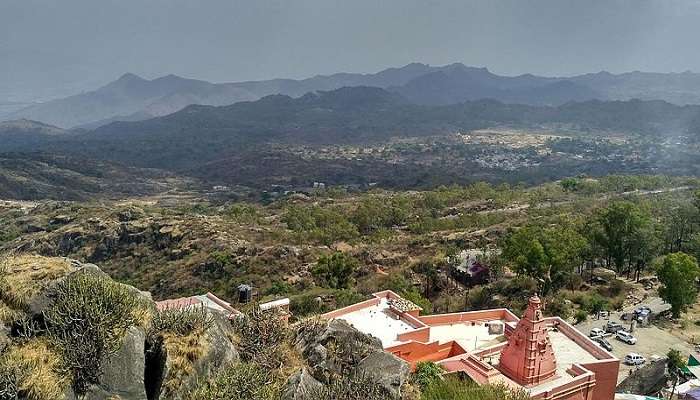
Touted as one of the most spiritual places in Rajasthan, Guru Shikhar is situated very close to Mount Abu. Guru Shikhar is the highest peak of the Aravalli Range, offering all-around views of the sceneries spread out beneath. There is a beautiful temple of Guru Dattatreya atop Guru Shikhar. The climb to Guru Shikhar provides an all-round view and a serene ambience at this temple, blending spirituality with adventure. It is easily accessible, but the climb may take time. Considering the climb and the crowd you will see, you must come here with a few hours in mind.
Suggested Read: Shopping In Mount Abu
How To Reach Gaumukh Temple Mount Abu

Travel modes to Gaumukh Temple are mixed, depending upon the starting point.
By Air: The nearest airport is Maharana Pratap, Udaipur, about 176 kilometres from Gaumukh Temple. One can hire a taxi from Udaipur or bus to Mount Abu.
By Train: Abu Road Railway Station is the nearest railhead. It is 28 km from Mount Abu. Regular trains connect Abu Road with cities like Delhi, Mumbai, and Jaipur. One can hire taxis and board buses from the station to Mount Abu and then the temple.
By Road: The road connectivity to Mount Abu is good. Both state transport buses and private buses ply regularly from cities like Udaipur, Ahmedabad, and Jodhpur. One can hire local transport to Mount Abu or even trek to the temple and enjoy the beautiful scenery of nature.
Further Read: Places To Visit In India Before You Turn 30 in 2024
This Gaumukh Temple Mount Abu is a unique and soothing sanctuary summarising spiritual solace, natural beauty, and historical intrigue. The temple has everything, from sacred springs to scenic viewpoints and ruins of historical importance—truly a must-visit spot for any person to experience a peaceful retreat in the lap of nature. From Nakki Lake to Dilwara Temples, Achalgarh Fort, and Guru Shikhar, every form of attraction manifests itself in Mount Abu, thereby completely sufficing the overall travel experience. Spiritualism, history, and beauty all found their essence in this destination. Book your trip to Mount Abu today.
For our editorial codes of conduct and copyright disclaimer, please click here.
Cover Image Credit: Barry Silver for Wikimedia Common
Frequently Asked Questions About Gaumukh Temple Mount Abu
What would be the best time to visit Gaumukh Temple?
The best time to visit the Gaumukh Temple is from October to March when the weather is perfect for trekking activities and sightseeing. However, visitors can see the temple throughout the year.
What is the entry fee to the Gaumukh Temple?
No entry fee is required to visit Gaumukh Temple. The place remains open to all.
How many hours does it take to trek to Gaumukh Temple?
The time needed to reach Gaumukh Temple depends on one's walking pace and the weather conditions. It takes an estimated 45 minutes to a 1-hour trek to reach the temple.
Are there any facilities near Gaumukh Temple?
Most basic facilities, such as drinking water and rest areas, are available near the temple. However, it is better to carry water and some light snacks, especially during peak seasons.
Can we visit Gaumukh Temple during the monsoon season?
Monsoons usually do not pose any problem in visiting the temple; however the trek might get a little slippery. So, proceed with caution and check weather conditions beforehand.
What other attractions can be combined with a visit to the Gaumukh Temple?
You can visit the temple with Nakki Lake, Dilwara Temples, Achalgarh Fort and Guru Shikhar. This is also a comprehensive Mount Abu package.
People Also Read:
Devalsari Temple Giriraj Ji Temple Lingaraja Temple

Unveil the hidden treasures of the globe and turn every travel dream into reality. As a Content Writer, I am passionate enough to craft stories from ancient wonders to modern marvels. My words paint the picture-perfect itinerary for unforgettable experiences. Let my words be your trusted guide to immerse in the diverse culture and discover the beauty of the unknown.





